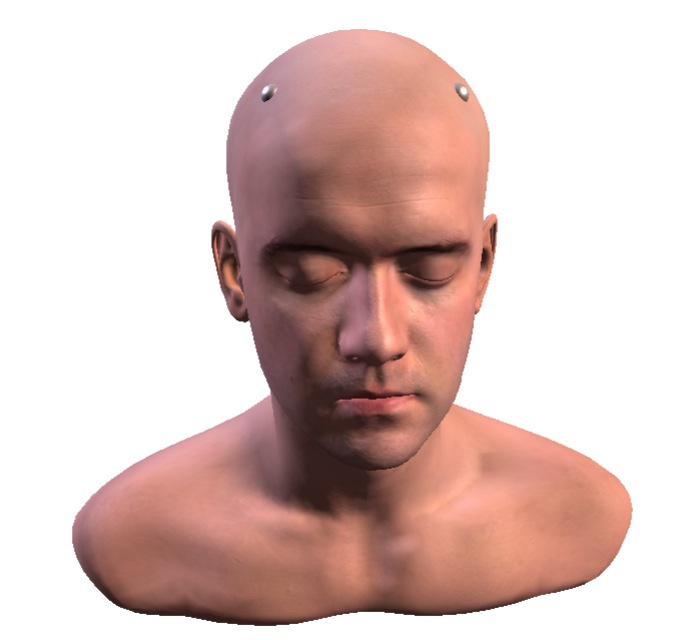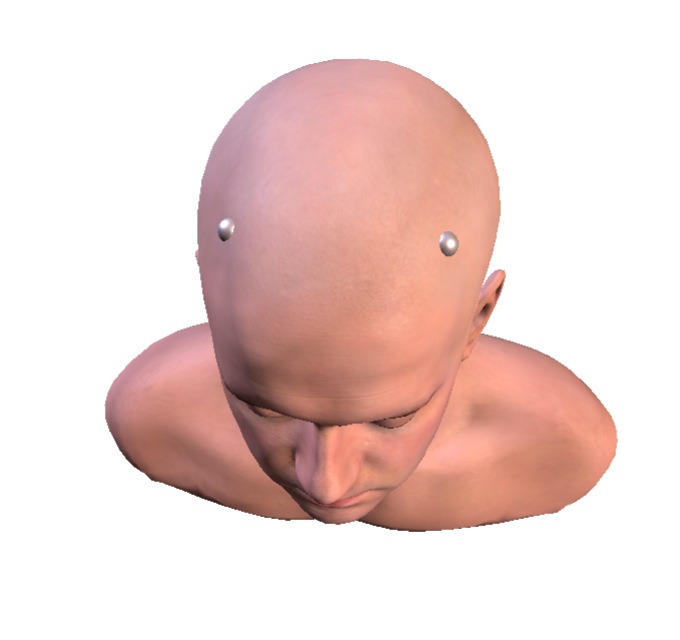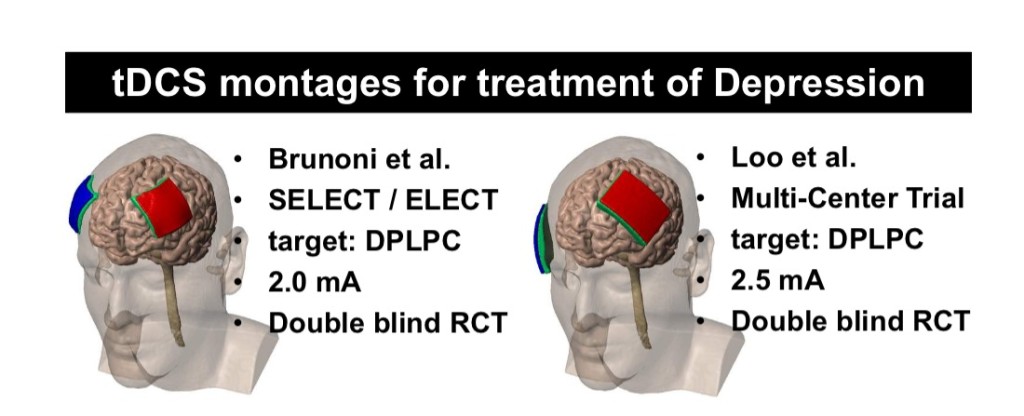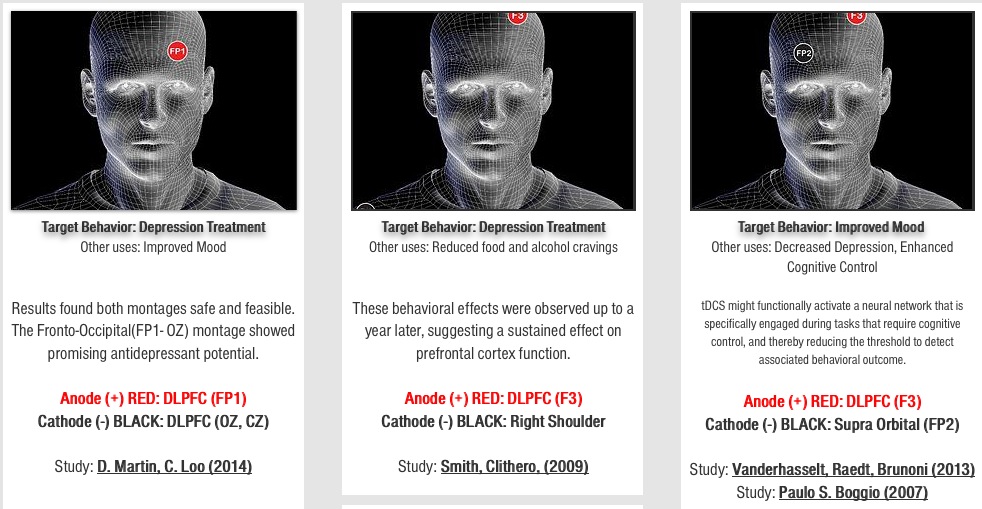Before you strap a tDCS device on your head in order to learn something new, have you studied Spaced Repetition or Interleaving? Have you mastered software like Anki? Or language learning techniques? As the paper quoted below makes so clear, tDCS adds another very complex set of variables to the notion of accelerated learning. While it may be practical for the military to be pursuing optimized tDCS-enhanced training methods for very specific skill sets, I do think we’re years away from practical DIY learning protocols involving tDCS.
Although tDCS shows promise as a training method, important questions remain unanswered. To maximize effects on training, optimal stimulation schedules i.e., every day, twice a week, etc. need to be determined. Juvina, Jastrzembski, and McKinley 2013 used a computational modeling approach to predict the optimal tDCS scheduling, but empirical validation is required. Second, at what point in training should tDCS be applied? One study showed that tDCS was more beneficial in the early phases of training Bullard et al., 2011, whereas another showed benefits at all stages McKinley et al., 2013. Importantly, these studies involved different learning tasks, so it is possible that the optimal time point for tDCS efficacy is task dependent. Likewise, different electrode placements may be optimal for different stages of learning. Third, how long is the learned information retained, and does this change with repeated doses of tDCS? Initial evidence suggests that tDCS-induced improvements in learning are retained for at least 24 hr Falcone et al., 2012; however, there is little evidence of exactly how long the new knowledge is retained. Finally, the “gold standard” of any training technique is not only whether it is effective in accelerating learning on a particular task but whether its effects transfer to others tasks within the same cognitive domain Dahlin, Neely, Larsson, Backman, & Nyberg, 2008; Strenziok et al., 2014. TDCS will ultimately need to be held to this high standard
via Using Noninvasive Brain Stimulation to Accelerate Learning and Enhance Human Performance.
Download the pdf: Using Noninvasive Brain Stimulation to Accelerate Learning and Enhance Human Performance




